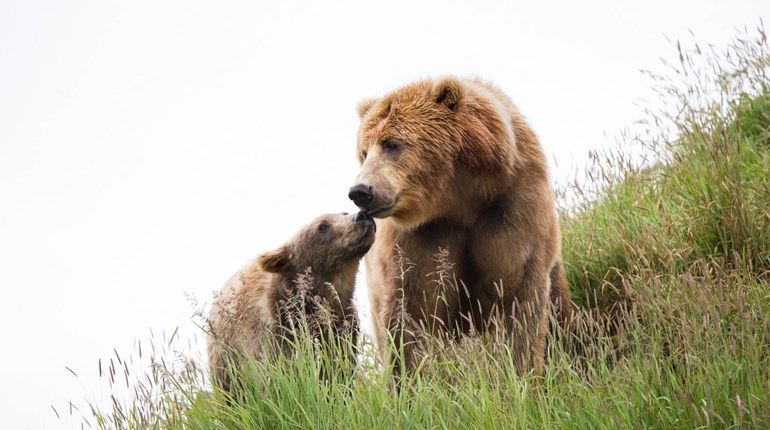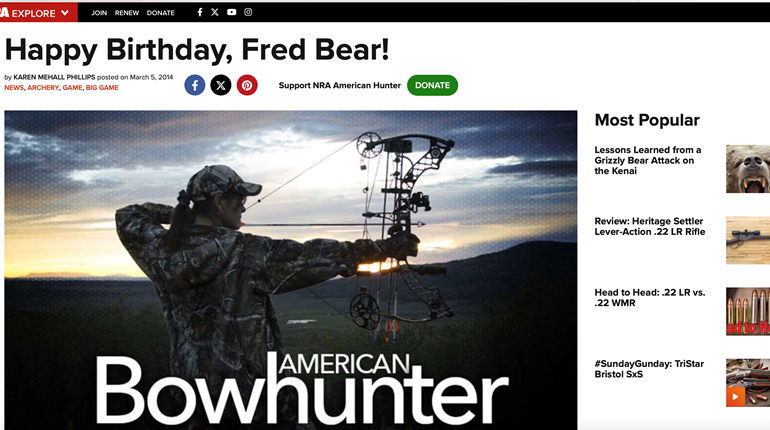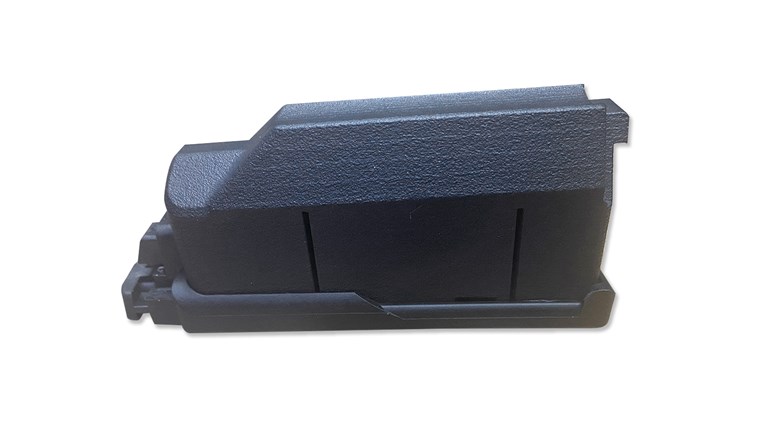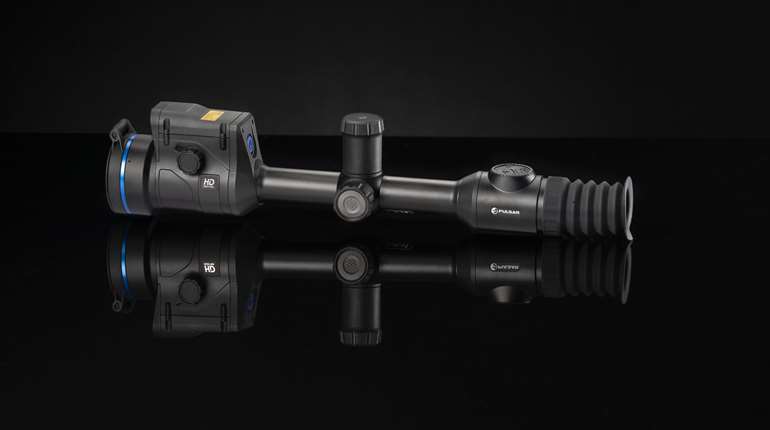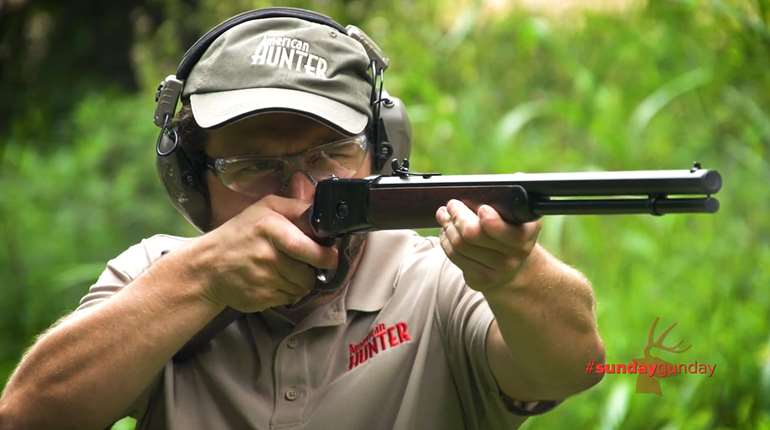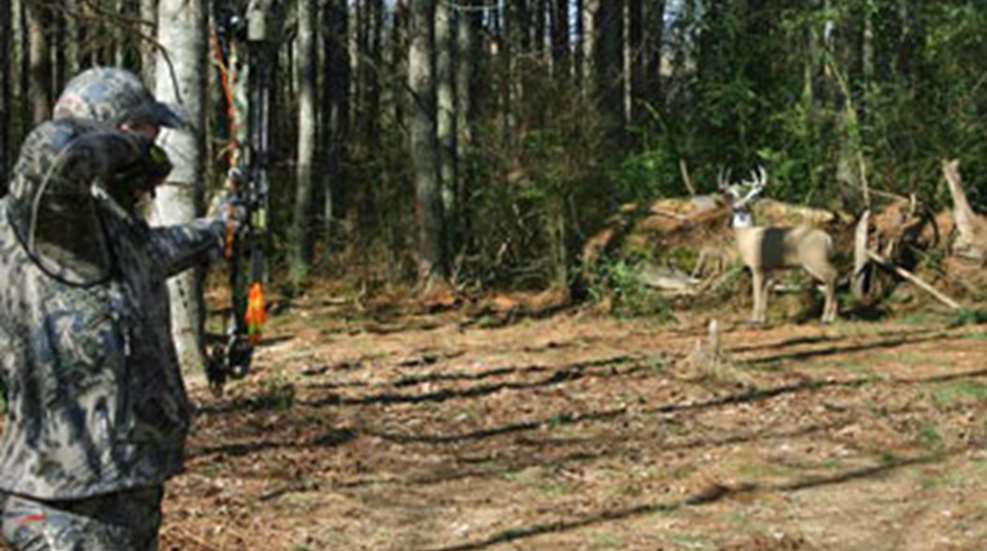
Bowhunting is a game conducive to thick cover, tight quarters and close shots. That most bowhunters set their stands for in-your-face encounters is highlighted by a survey I saw recently. This study asked archery pro shop owners—guys and gals who speak with thousands of customers annually about deer hunting—about what hunters had to say about their shots at deer. The survey showed that the average bow shot at white-tailed deer is somewhere between 21 and 25 yards.
Be that as it may, my standard whitetail bow has sight pins set in 10-yard increments from 20 to 70 yards, all distances at which I practice regularly with broadheads. I submit that if you would do the same, your chances of taking more and bigger deer would increase. Here’s an example of what I mean.
Back on Nov. 11, 1999, in Brown County, Illinois, I killed the biggest buck of my life—a perfect 10 netting 180 3/8 Pope & Young points—at 42 steps. There was no chance for a closer shot. The buck entered a small field at 4:00 p.m. to scent-check field scrapes, and was making the rounds across the field from my tree. Without a 40-yard pin and practice time shooting at that distance until I was comfortable, I would have watched that deer walk out of my life.
That’s not the only white-tailed buck I’ve taken at a distance that most hunters would consider “long range.” As someone who spends a lot of time bowhunting the West, I’ve learned that the further out I that can make an accurate shot with broadheads, the better my chances at punching a tag. There are several reasons you should consider learning to shoot at longer range, too.
First and foremost, please understand I am not advocating taking poor shots at game. Each individual has his or her own personal maximum effective shooting range (MESR). If you are not comfortable and confident taking shots out past 20 or 25 yards, then by all means don’t. However, there’s nothing like broadhead practice at 40 or 50 yards to make you focus intently on the mechanics of your release and your equipment. Minor flaws in shooting form, or how well your bow is tuned, that are often indiscernible at 20 yards, are magnified at 40. A bow-and-arrow setup that is not perfectly in tune and generating dart-like arrow flight is incapable of producing tight arrow groups at 40 yards. Long-distance practice will make you a much better bow shot, regardless of whether or not you ever take a long-range shot at game.
Once you have your equipment in perfect tune, start challenging yourself. If you are comfortable making 20- to 30-yard shots during a round of practice, step back and try some 35 yarders. At first you might find it tough to keep your arrows consistently in or near the bullseye. Stick with it long enough and before you know it, you’ll think 35-yard shots are easy. Then it’s time to move back and try a couple of 40-yard shots. The next thing you know you’ll have a 50-yard pin, and will be smacking the bullseye more often than not.
All of a sudden at 20-yards, the bullseye, which just a short time ago seemed as small as a pea, now looks as big as a pumpkin. Your long-distance practice will make you a better shot at closer distances.
Always remember, a long shot at a deer or other big game animal should not be taken without due consideration to many factors, all of which must be processed by your internal computer on a case-by-case basis. For example, there are times when my shooting isn’t what it should be. If I’m having a bad day or week on the practice range, I’ll shrink my own MESR accordingly. If environmental conditions are wrong—high winds, poor visibility, extreme cold, etc.—I won’t take a long shot. If the animal is moving quickly, if it seems nervous and skittish or if it does not present an almost perfectly broadside target, I won’t shoot. If there aren’t easily identifiable open shooting lanes between the target and myself, I’ll wait for a better opportunity. And I never attempt a longer shot unless I have used my laser rangefinder to determine the range.
But when everything is just right, you can bet I’ll take it with confidence. Even out to 40 yards. There’s no reason it cannot be the same for you, too.












